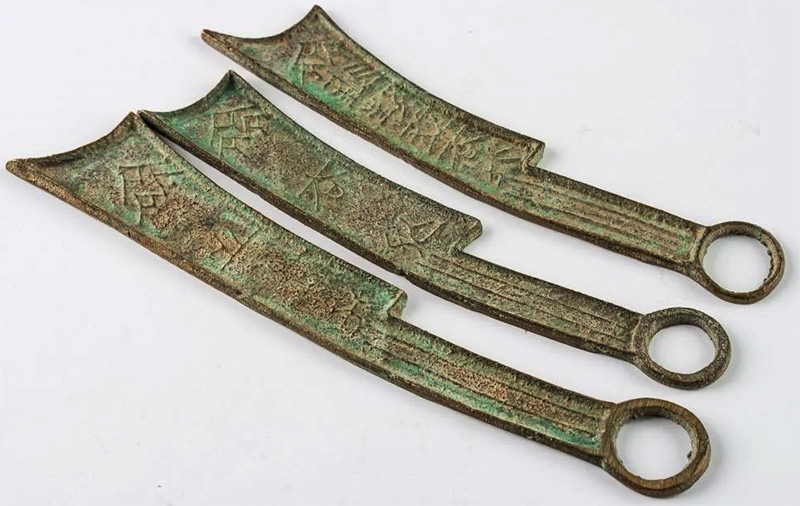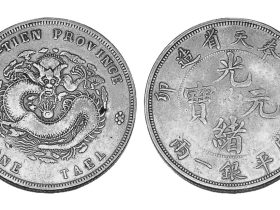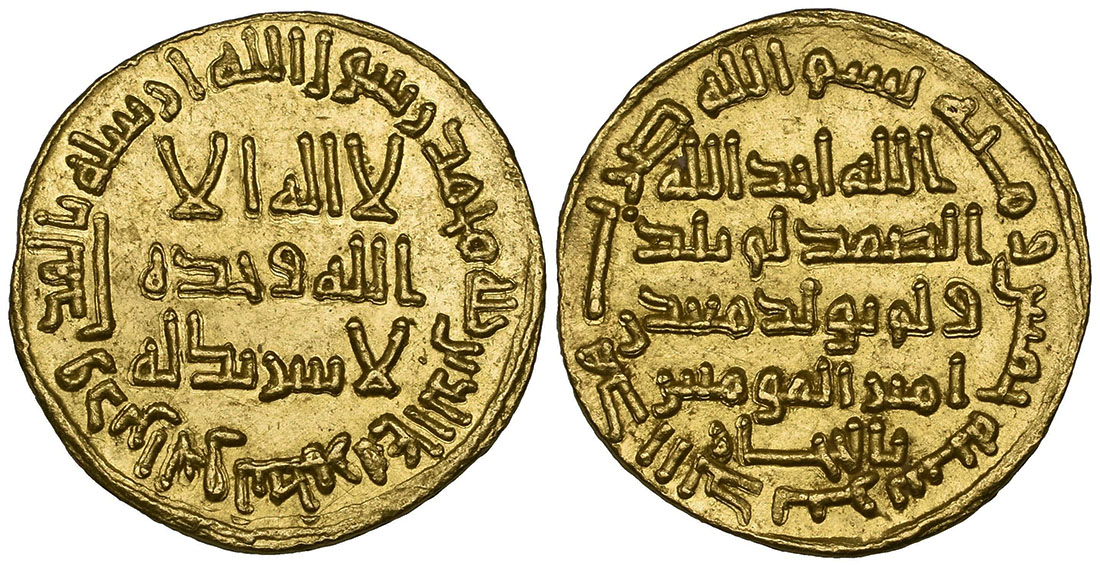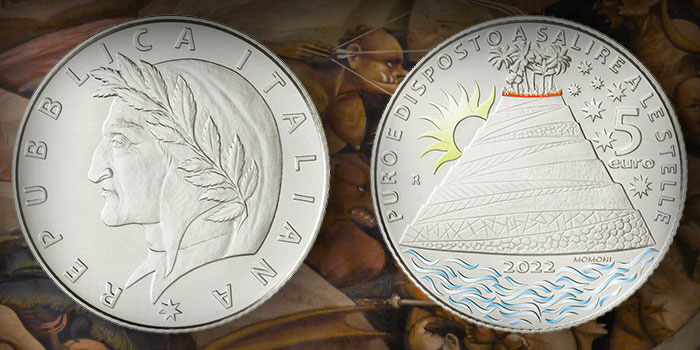Cowrie shells, jade pieces and spade moneys are among the earliest form of coinage in China. One form of ancient Chinese currency is the Chinese knife coins which evolved from real knives, daggers and swords.
Knife money (huo), or knife coins, developed together with the Chinese spade money. These ancient forms of Chinese currency (Ancient Chinese coins) were used with jade pieces, gold ingots, and various metallic objects.
What is Chinese knife money?
There were several types of knife coins used for commerce in ancient China. They are classified by the shape of their blades and areas of origin.
Qi knives were almost exclusively circulated in the State of Qi, presumably during the Warring States period. Qi knives are heavy averaging at 48 grams. They are often sorted by the number of inscribed characters. Common examples of Qi knives are the Qi Fa Hua (Qi Legal Money) and the Ji Mo Fa Hua (Jimo Legal Money).
Unknown until samples were unearthed in 1932, Needle-tip knives may have been used for commerce between the Chinese and the Huns who occupied some parts of northern China. Needle-tip knives are characterized by long pointed tip. Common inscriptions on these kinds of knife moneys include numbers, cyclical characters and some unknown symbols.
A Pointed-tip knife is identified by its curved blade and pointed tip. The samples that exist today were found in areas once ruled by the Yan Kingdom. Like the needle-tip knives, numerals, cyclical calligraphies and undeciphered characters are the usual writings in pointed-tip knives.
Ming knives got its name from the inscription on the reverse that has traditionally been read as “ming.” Recently, the inscription was found to be based on a written language used by the Yan Kingdom which refers to the character as “yi.”
Ming knives are divided into two groups based on the knife’s form. The first group is the curved Ming knives which were used earlier and look more like pointed-tip knives. The second group has an indentifiable angle where the handle and blade joins.
Ming knife money was largely circulated; it even reached Japan and Korea, ancient China’s foremost trading partners. A vast variety of characters is inscribed in the reverses of Ming knives. Two of the most common inscriptions start with the character you (right) and zou (left), followed by other characters.
State of Qi Ming (Boshan) knives have generally the same appearance and characteristics as Ming knives. These knives were circulated in the State of Qi, which was under the control of the Yan Kingdom during the same years that the knife currencies were used.
Straight Knives are smaller compared to other knives with blades and handles that are only slightly curve, if not completely straight. These knife coins were issued in some areas of the State of Zhao.
During the short Xin Dynasty (9 – 23 AD) interregnum, under the rule of Wang Mang, knife coin was re-introduced as a major currency together with cowrie shells, cash coins, and spade moneys. Two denominations were circulated: Qi Dao Wu Bai (Inscribed Knife Five Hundred) and Yi Dao Ping Wu Qian (One Knife Worth Five Thousand).











Leave a Reply